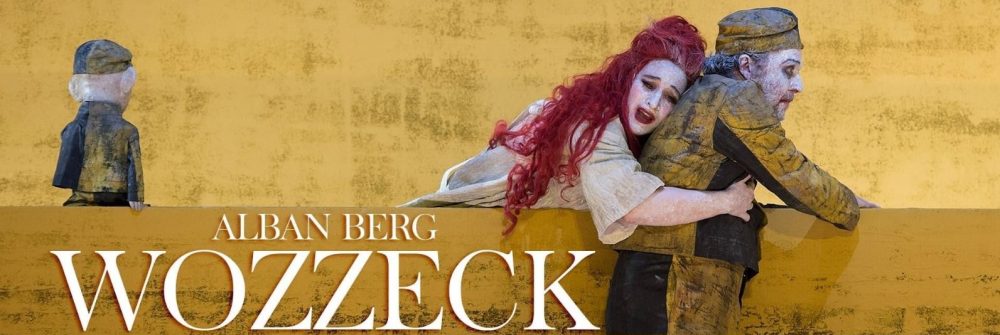Périgueux was founded around 16 B.C. when the Romans settled in the area near the river Isle and created the town of Vesunna. By around 40 B.C. the town already had a forum and the amphitheatre was under construction. The temple, known today as the Tour de Vésone, dates back to the beginning of the second century.
The Vesone domus, the home of a wealthy aristocratic family, was erected in the first century, and its remains were uncovered in 1959 during an archaeological excavation. Since 2003, the site has been housed in a contemporary building, which now forms the Vesunna Museum.
Domus base, Vesunna Museum, Périgueux
Model of the original domus construction
The Vesunna amphitheatre was one of the largest in Gaul at 140 metres x 116 metres, a similar size to those in Arles and Nimes. It seated approximately 20,000 spectators. Illustrations discovered at the site show gladiators fighting in the arena.
Model of the amphitheatre
Columns decorated with a seascape frieze and a collection of weaponry (2nd century)
Corinthian capital (2nd century)
Heads of Bacchus and a mother-goddess
Tour de Vésone (2nd century)















